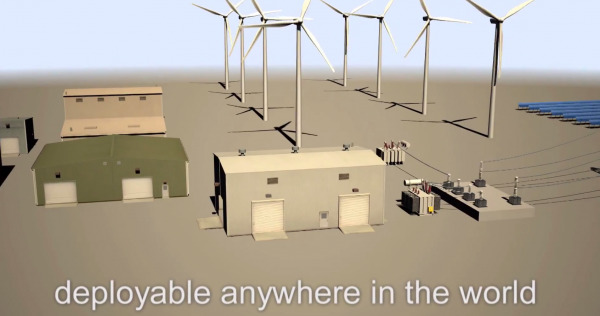Gravel power storage may be key to worldwide green energy use
We're using more solar power and wind power now than at any point in history. The United States Department of Energy wants us to use solar power for 27% of the country's electricity needs by 2050, as it were – but we need a better way to store it. Today the prevailing means requires a mountain to function.
British aeronautical engineer Jonathan Howes has an idea that could change the way we store green power. His solution works with two gravel-filled silos connected by a series of pipes filled with the inert gas argon. This invention is said to out-perform the storage abilities of our best solution in use today.
Jonathan Howes, James Macnaghten, and Mark Wagner have created a company called Isentropic which has invented this "pumped-heat electricity storage (PHES)" machine which they suggest will demonstrate an output of 1.5 megawatts of power. To do this, the machine takes surplus energy (from solar power stations or wind) to run a motor which operates a compressor to squeeze its argon gas. The gas gets hot (500 degrees C hot, as it were), and the gas heats the gravel as it travels through the first silo.
Once the gas has moved through the first silo, it becomes cooler, and is expanded, lowering its temperature to negative 150 degrees C. The gas is pumped through the second silo, cooling the gravel. Once the process is reversed, the resulting difference is used to generate electricity – the gas moving from the hot silo to the cold one drives the cylinders that'd originally compressed the gas, this thus pushing energy to the motor which then acts as a generator.

The PHES solution could be primed to take command of grid-stored energy in the near future. PHES is said to store and discharge energy with an efficiency of 72-80% while the grid-storage solution in pumped-hydro works with around 74% at the moment, requiring a mountain to function. While pumped-hydro uses excess energy to move water up a mountain so it can flow down and re-generate energy now, PHES needs no such mountain to work.
VIA: Economist
